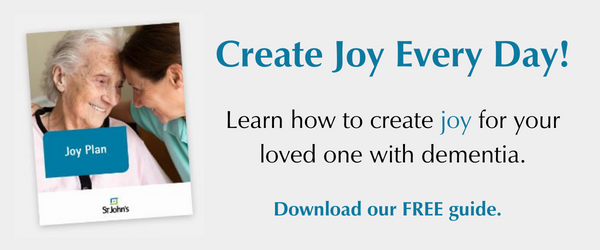There are an estimated 35 million people with dementia across the world, of whom 50% experience regular pain.(1)
In early stages of dementia, your loved one will experience pain just as s/he has through life. But dementia changes things, and while dementia does not typically cause pain, your loved one may experience it differently. This might lead to your loved one’s inability to communicate about being in pain.
The impact of pain can manifest itself in distress, facial grimacing, limited range of movement, moaning, and a raft of physical symptoms that can signal s/he is in trouble—increased heart rate, blood pressure, sweating, crying, decreased appetite, refusing food, confusion, anger, and other symptoms that make you realize something is wrong. As the disease advances, it can become harder for your loved one to communicate that s/he is suffering.
If you suspect your loved one may be in pain, you may be able to spot the cause as one or more of the many conditions flesh is heir to—constipation, urinary tract infection, pressure sores, arthritis, old injuries, headaches, aches in other parts of the body, diabetes, etc. Your physician may be able to help you track it down. A telephone call or message to the physician or a telehealth visit may be the way to begin, and your clinician will recommend a course of treatment that will take into consideration side effects with other medication your loved one is taking, as well as the risks of pain medication. There is a brief test2 that may be indicated, if your loved one is able to understand it—it can help your doctor understand what is going on with your loved one, and what to do about it.
Sources:
(1) NCBI
(2) apsoc.org.au






